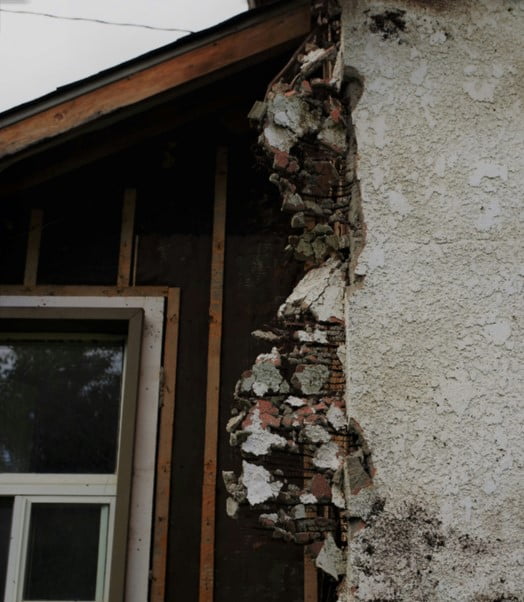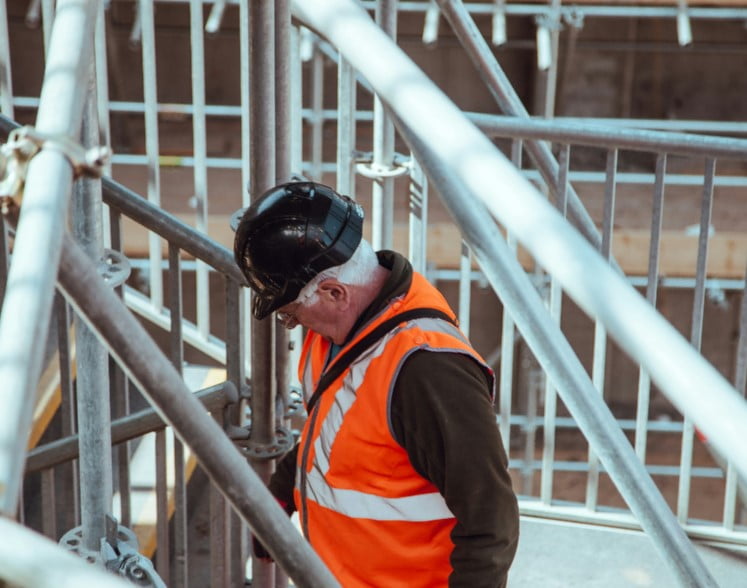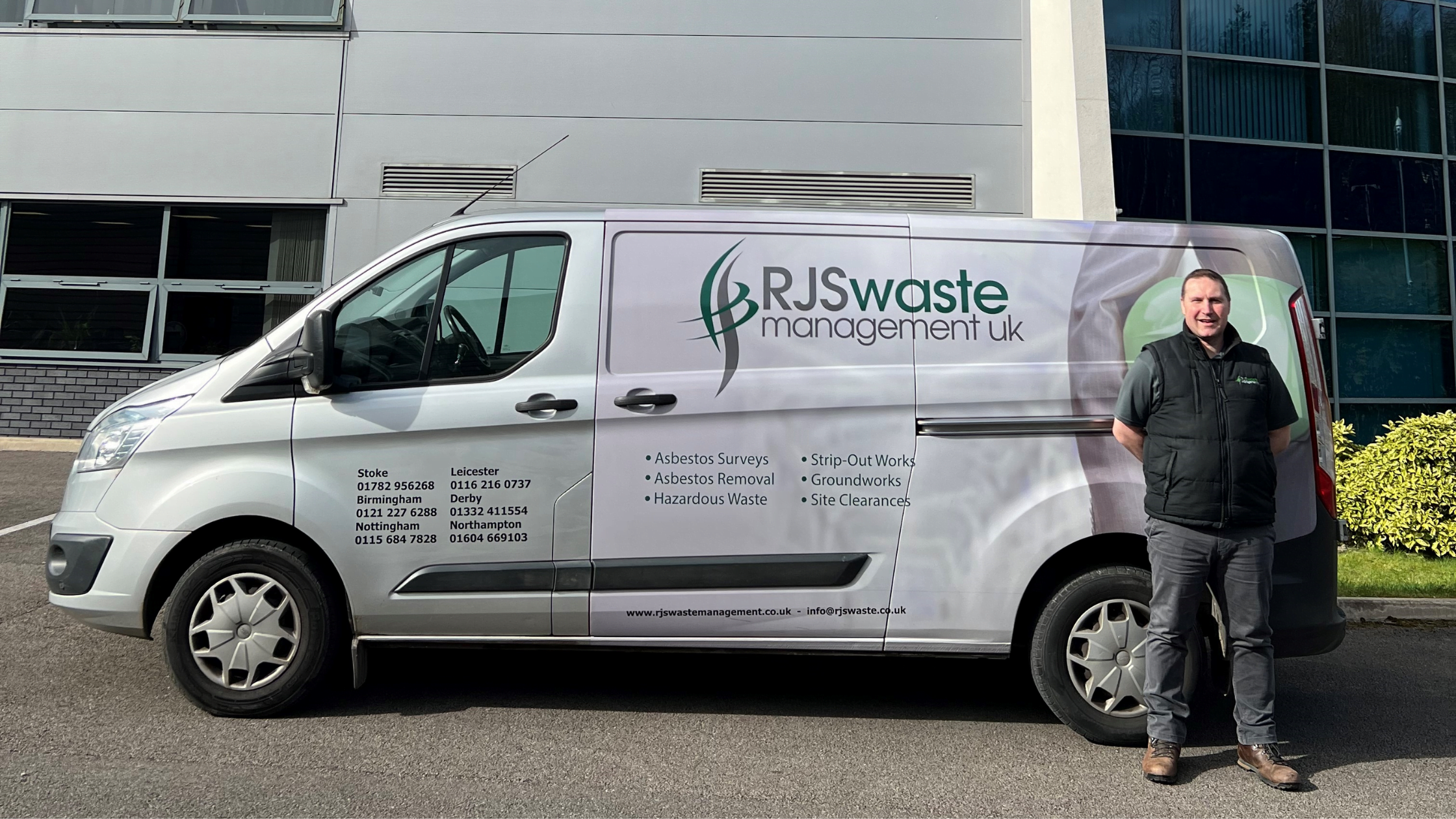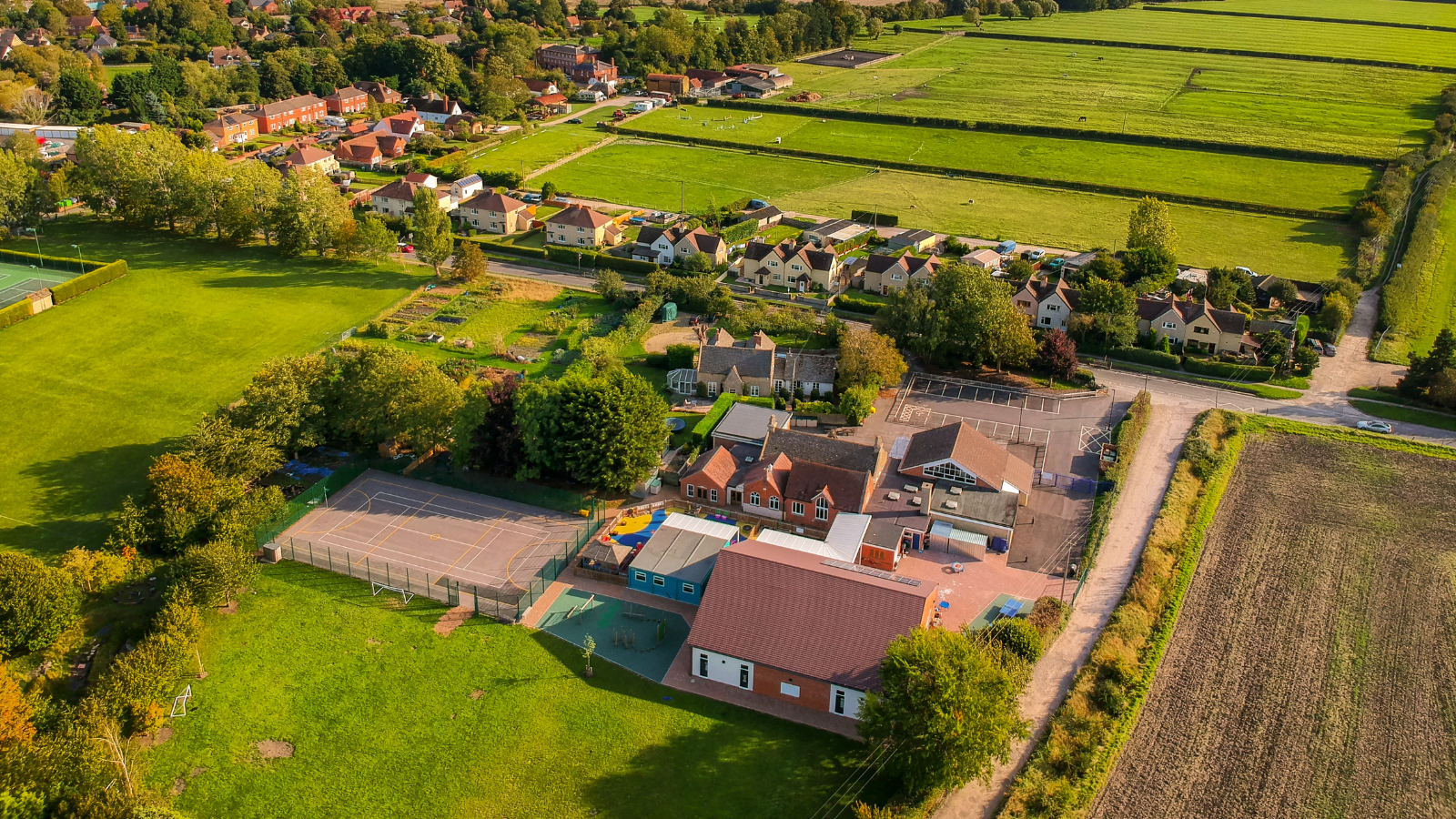
The safe and proper removal of asbestos
At RJS Waste Management, we pride ourselves on our expert asbestos removal services. With experience and training that sets them apart, our team can handle, collect and dispose of asbestos carefully and in full compliance with current health and safety regulations. Let us talk you through the dangers of asbestos and the requirements for proper removal.
What is asbestos?
For homeowners, asbestos has been commonly found in roof insulation, Artex ceilings and floor tiles.
Asbestos refers to a group of natural mineral fibres famed for their exceptional fire-retardant properties. It is also resistant to chemicals and has excellent insulating properties. These qualities made it a popular material in construction and manufacturing throughout the 20th century. However, this seemingly beneficial material harbours a darker side.
The dangers of asbestos
The first medical article on the hazards of asbestos dust appeared in the British Medical Journal in 1924. And yet, it took until 1999 for the UK to impose a full ban on its usage. The microscopic fibres of asbestos, when inhaled over an extended period, can wreak havoc on the lungs, leading to diseases including mesothelioma, asbestos-related lung cancer, asbestosis and pleural thickening.
These diseases often take decades to develop, meaning that people exposed to asbestos in the past are only just now experiencing the consequences. Unfortunately, once these conditions manifest, they are often irreversible and can be fatal.

Does asbestos always need to be removed?
However, the presence of asbestos does not always necessitate its removal. The risk associated with asbestos becomes apparent when it is disturbed or damaged, releasing fibres into the air. If the materials containing asbestos are in good condition and located where they will not be disturbed, it is usually safer to leave them this way.
Slightly damaged asbestos may require encapsulation. Encapsulation involves coating the material with a protective layer that binds the fibres together, preventing them from becoming airborne. Professional removal is necessary for more significant damage or when materials need to be disturbed during renovation or demolition.
What do the UK Asbestos Regulations insist on?
The UK has strict regulations in place to control the handling and removal of asbestos. These regulations have been developed over time to address the serious health risks associated with asbestos exposure. Key requirements include:
Managing existing asbestos. If ACMs are in good condition and unlikely to be disturbed, they can remain in place. However, they must be regularly monitored to ensure they do not become a hazard.
Duty to manage. Those responsible for the maintenance of non-domestic premises have a legal obligation to manage the asbestos within them. This involves identifying asbestos, assessing its condition and implementing a management plan to control risks.
Identification and risk assessment. Before any building or maintenance work begins on premises or equipment that may contain asbestos, it is essential to identify the presence of asbestos, determine its type and assess its condition.
Control limit. The control limit for asbestos exposure is set at 0.1 fibres per cubic centimetre of air (0.1 f/cm3). This limit is strictly enforced to minimise health risks.
Updates to asbestos regulations
In 2012, the regulations were updated to include additional requirements:
Notification of non-licensed work. From April 2012, some non-licensed work with asbestos must be notified to the relevant authority.
Record-keeping. Brief written records of non-licensed work that has been notified must be maintained.
Health surveillance. By April 2015, all workers or self-employed individuals conducting notifiable non-licensed work with asbestos must undergo health surveillance by a doctor. This ensures that their health is monitored and that any early signs of asbestos-related diseases are detected.

Safe asbestos removal process at RJS
At RJS Waste Management, we follow a meticulous asbestos removal process to ensure maximum safety and compliance with health regulations.
1. Asbestos notification
Once asbestos is detected through an asbestos survey and testing, we may need to notify the Health and Safety Executive (HSE) before beginning any removal work. This step is essential for ensuring that all work complies with legal requirements and that proper precautions are in place.
2. Asbestos containment
Before the removal begins, we secure the area by creating a sealed environment. This usually involves constructing an airtight enclosure around the asbestos-containing materials. We also use specialist air pumps and filters to maintain a controlled atmosphere, preventing asbestos fibres from spreading beyond the containment area.
3. Safety measures
The safety of our operatives is a top priority. Our teams wear protective clothing, including special overalls and breathing apparatus, to shield them from exposure. Additionally, strict decontamination procedures are followed whenever workers leave the containment area. Regular medical checks are conducted to monitor the health of our team members, ensuring their safety over the long term.
4. Asbestos removal
Our trained operatives carefully remove asbestos-containing materials (ACMs), following all safety protocols. We ensure all ACMs are handled with care and prepared for transport according to current health and safety legislation.
5. Asbestos air testing (IF REQUIRED)
After the removal, we conduct air testing if required to ensure the area is free from asbestos fibres. This involves placing air pumps in the affected area and measuring the concentration of any remaining fibres. Only when the air quality meets the appropriate standards do we declare the site safe for re-entry.
6. Asbestos disposal
Finally, all asbestos waste is transported to a licensed disposal facility. As an Environment Agency licensed waste carrier, RJS Waste Management ensures that all ACMs are disposed of in compliance with environmental regulations, guaranteeing that they are handled safely and responsibly. The company is an Environment Agency licenced waste carrier and we always dispose of all ACMs at a secure licensed facility.
Why choose our asbestos removal services?
Choosing RJS Waste Management for your asbestos removal needs ensures compliance and expertise. Our team is fully trained and qualified to handle asbestos safely. They are knowledgeable of the latest regulations and best practices, ensuring that all work is carried out to high standards.
To find out more about the dangers of asbestos or our removal services, please get in touch.
Chichester (Head Office): 01243 213273
Oxford: 01865 598069
London: 020 7859 4520
Midlands: 01782 956268




